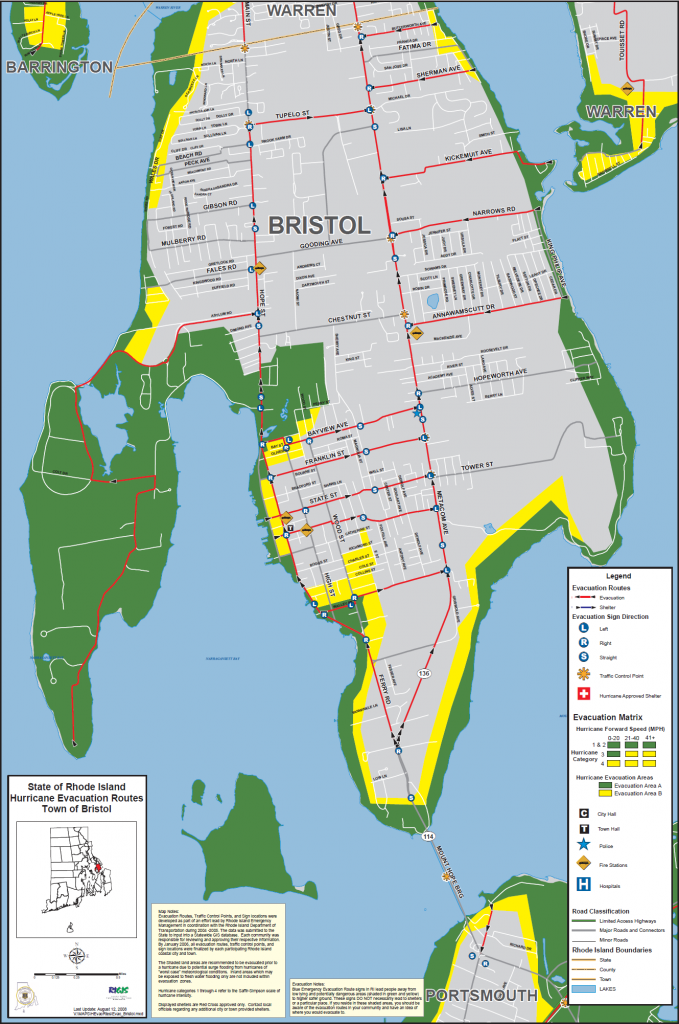Aside from hoax attacks, where credible threats occur based on purposeful counter-intelligence efforts of terrorists, I suspect large-scale events to be the modus operandi of terrorists in the next decade. According to LaFree, Yang, and Crenshaw (2009), anti-U.S. terrorists have ample intent on attacking the U.S. on our soil; however, this would be a huge and logistically complicated undertaking. For this reason, any future organized act of terror on U.S. soil will be designed to be significant, causing extreme loss of life or toppling a significant structure or both.
Biologic weapons would be the choice for terrorists who wished to inflict harm to the greatest amount of people, though releasing biologic material lacks the sudden impact usually sought, and weaponized biologics are not easily grown or economical (Levitin, 2005). Chemical weapons are typically easier and cheaper to manufacture, though they lack effectiveness and tend to merely create a scare of equivalent magnitude of a hoax (Levitin, 2005). Aside from basic explosives, this leaves the radiologic threat, a threat that I believe, coupled with a significant target, will cause devastating effects not unlike 9/11.
A dirty bomb is a conventional explosive used to disseminate radiologic materials over an area. I foresee a coordinated attack on the financial districts of the U.S. using dirty bombs. The bombs would, first, cause physical destruction to the buildings causing immediate disruption of the financial sector of the U.S. economy, along with a large death toll. Second, the radiation dispersed over the area would cause difficulty in cleaning up the area, inhibiting recovery and further impacting the financial markets.
A law enforcement response to such an attack would certainly be large in scale. The local police department would be first to respond, along with state police, then the WMD Coordinator at the local FBI field office would be apprised of the situation. As responders start arriving on scene, personal radiation detectors would start to tone indicating the release of radiologic material. This further information would prompt the WMD Dictorate in Washington, D.C., to order a full asset response by the FBI and other federal terrorism partners (e.g. the Joint Terrorism Task Force). The response to this type of incident should be trained on in cooperative exercises involving all levels of law enforcement. Additionally, personal radiation detectors (and other detectors) should, at a minimum, be placed in police vehicles for early warning of environments immediately dangerous to life and health. Adequate training, equipment, and preparation are the only ways in which to prepare for responding to large-scale terrorist attacks.
LaFree, G., Yang, S., & Crenshaw, M. (2009). Trajectories of terrorism: Attack patterns of foreign groups that have targeted the United States, 1970-2004. Criminology & Public Policy, 8(3), 445-473. doi:10.1111/j.1745-9133.2009.00570.x
Levitin, H. W. (2005). Debunking myths: How law enforcement can help diffuse the public’s fear. On the Beat. Retrieved from http://www.adl.org/learn/columns/Levitin.asp


